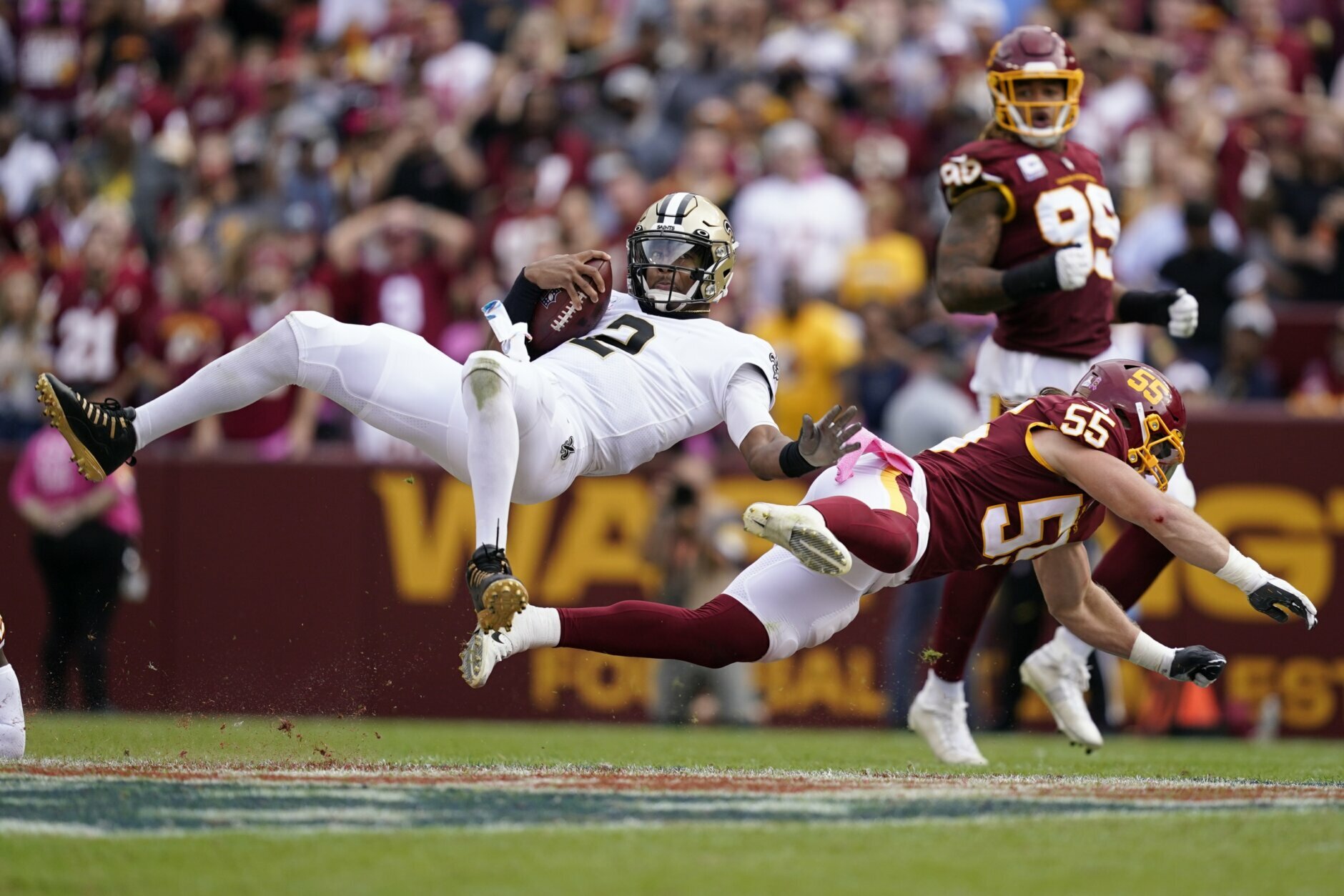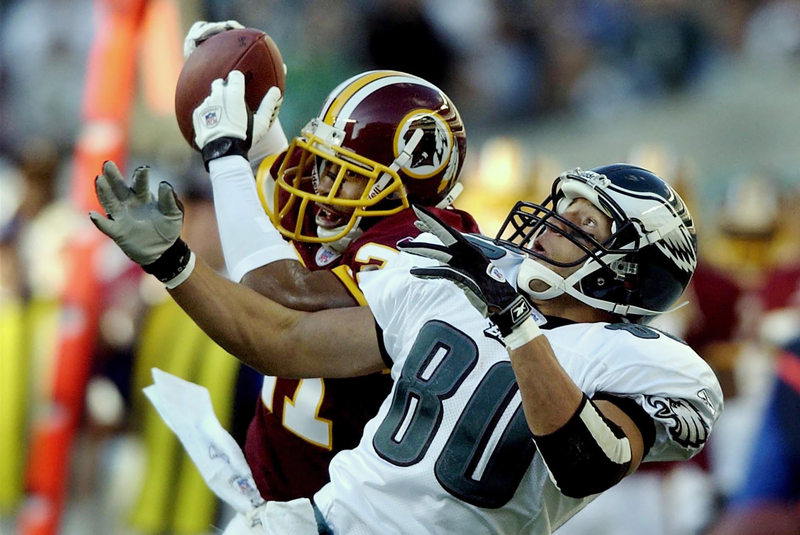

This play does not tend to have too much structure to it aside from the fact the goal is to get the ball in the endzone. One more end of game play that is used in desperate situations is simply referred to as the end of game lateral play. The odds this play will result in a touchdown is still quite low but there have been many occasions in which this play has worked in the NFL. This gives the player running laterally across the field a chance to get to the sideline. Most defensive players should now be flat-footed after the catch on the comeback route. Since the player is not as far down the field the receiver is able to pass him the ball via a backwards pass. The hook and ladder involve a receiver starting the play by running a comeback route.Īs the player catches the pass he will then lateral the ball to a player running a crossing route underneath him. The hook and ladder in football is a fun trick play teams may opt to use when looking for a desperation touchdown. But for teams not feeling confident in a deep pass there are a few other plays to choose from. When it comes to dire situations in football there are not many options better than the hail mary. What Other Plays Can Teams Attempt Instead Of A Hail Mary

Though these penalties are even more unlikely than a successful catch they still increase the odds of this play working. These penalties are more likely to happen if you have multiple players in the end zone during the play. Even if there is no time left on the clock the refs will allow you one attempt from the one-yard line. A pass interference call in the end zone is going to take you down right to the one-yard line. One more reason that coaches utilize this play is for the potential pass interference call. These plays only occur when fourth and long while needing to score on the drive.

That being said to use this play on fourth down you will likely have to be concerned about time as well. This is because fourth and long plays already have very low probabilities. If it is fourth and long and you need to score a Hail Mary is often the top option. Turnover On DownsĪnother common use of this play occurs when a turnover on downs situation is looming. You may have plays with a higher probability of success but these plays will take up too much time. There is no other play in the playbook that can get the ball into the end zone faster than a Hail Mary. Time is arguably the biggest factor in attempting this pass. But why do teams decide to run this play instead of one of the many others they use to score touchdowns throughout the game? Below are a few reasons why Hail Marys are the play of choice when desperate. We know a hail mary is a desperation play. This makes it very difficult to pull one off successfully. NFL defences have specific plays and personnel ready to defend against hail marys whenever they arise. When a hail mary occurs there is no question of what play is coming. This is an incredibly low number but is fairly expected due to the desperation of the play. Since hail marys have become commonplace in the NFL only roughly nine percent of Hail Mary’s have worked successfully in the NFL. This goes to show that the majority of Hail Mary’s come out of desperation. The fact that the average hail mary travels of 44 goes to show that most teams are not in field goal range. Keep in mind the passing yardage in the examples above considers the total yardage the ball travelled not the distance from the line of scrimmage. The average hail mary distance since 2009 has been 44.7 yards past the line of scrimmage. A last-second pass was thrown to receiver Drew Pearson.Īfter the game when Staubach was interviewed about the pass he said “I closed my eyes and said a Hail Mary.” This sentence coined the term and established the first use of this term in football history. The pass was thrown by hall of fame quarterback Roger Staubach. The first Hail Mary pass ever thrown was on December 28, 1975.


 0 kommentar(er)
0 kommentar(er)
